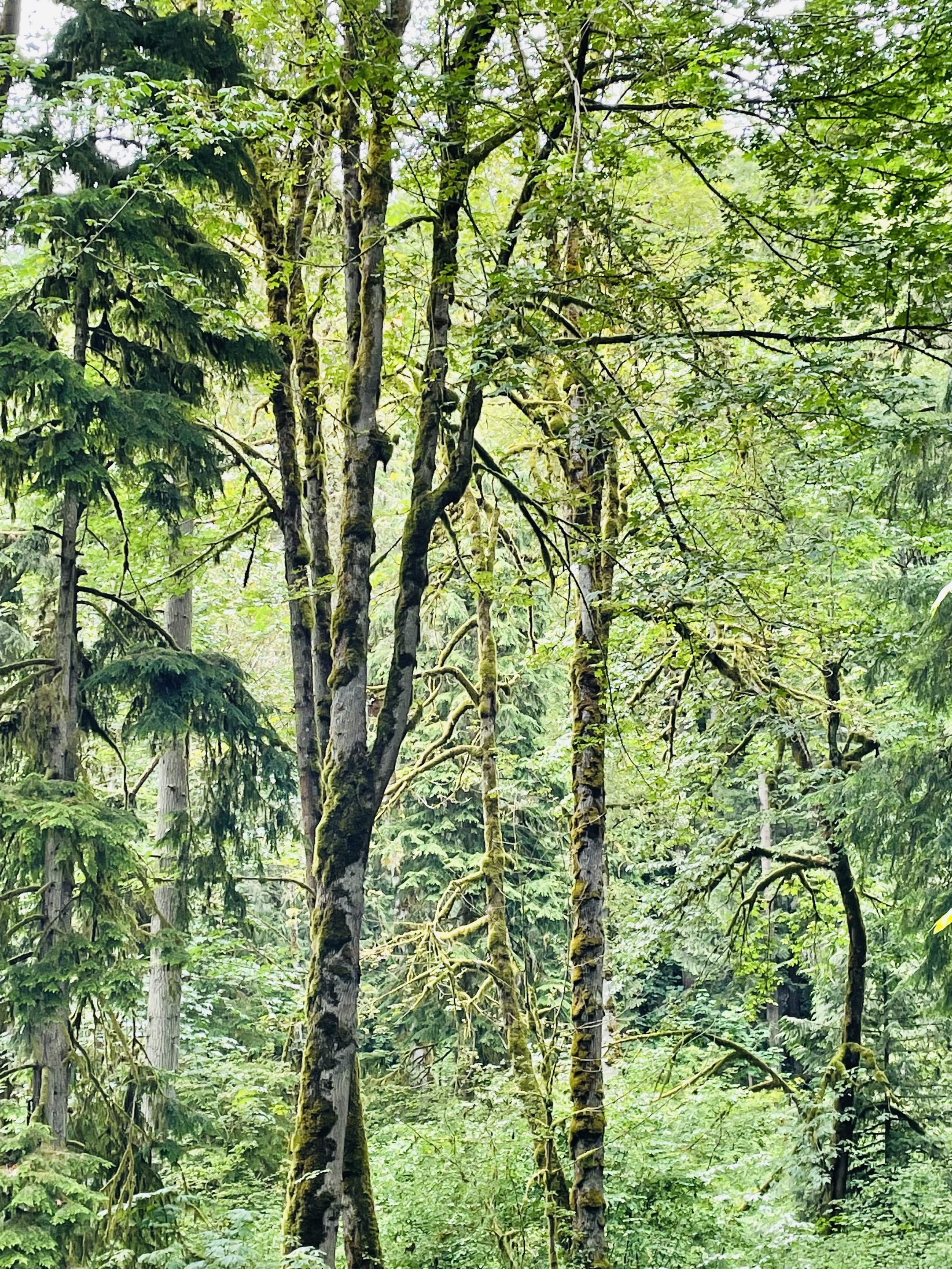The future is here, now. Spending several days in Seattle’s Capitol Hill and South Lake Union areas opened my eyes to the blending of sustainability practices, tech’s expanding footprint and the energy world in which we live.
Today, unlike times past (perhaps), the old and the new are intermingling in interesting and strange ways. As I mention in my You Tube Energy and ESG 2.0 panel presentation, I’m deeply embedded in the energy transition from many angles with incumbent energy sources but also innovative tech. From my participation at the EarthX E-Capital Summit, the presence of clean tech, climate tech, you-name-it tech was showcased…(A shout out to CalWave’s “deployment” as they connect to my theme here.)
I’m hyper-aware of the cognitive dissonance between the “old” and the new. This includes capital flows, how capital is becoming more consciously-directed. I stated that politicization of the energy transition does not serve progress. But perhaps that’s the way it’s got to be. I’m still going to find the middle ground in my activities—boots-on-the-ground with aspiration.
Aside from meeting a number of local-sourced artisans at Pike Place Market where I became reckless with jewelry purchases and innovative, local-sourced eateries, the presence of the natural world’s beauty completely overwhelmed. The rich verdant waters and falls of the Snoqualmie, Puget Sound’s industry and the Strait of Juan De Fuca were ethereal. (Sorry, I digress…See gallery of photos at end.)
Of concern with the ESG-spurred investment is wasted capital. I write about this in other venues, like Real Leaders. This body of work has been developed since 2006 with a distinguished, prolific finance professor Dr. Andrew Chen. The application towards sustainable investment theses is my wheelhouse, but his was the predecessor idea about public-private partnerships and capital markets. I’m evolving this line of thinking.
Back to tech. As I walked with my daughter Hannah, a Meta intern, from Capitol Hill to South Lake Union, we passed the spheres, where Amazon dominates the real estate landscape. She mentioned working in the building there with her Amazon software engineer boyfriend. They are GenZs, and some of my inspiration with regards to sustainable initiatives is catalyzed by leaving things better for them. Incidentally, I built my own website in 1996, just using the Internet in 1992 on Mosaic with scientists and the like for my research purposes and writing white papers. I still have one more of consequence (I hope) to write.
But the area of natural capital is where I hope to spend more of my time. Natural capital—the earth’s resources, her living, breathing assets—also contains human capital from my point of view. Human capital is boundless. It is reflected in the market capitalization of the FAANGs-plus. The laws of physics have collided with unbounded human consciousness and material desires. As progress marches on, I’m aware of the limits of growth. There’s a body of theory behind this concept by Dr. Geoffrey West of the Santa Fe Institute, who I have interviewed and met with. An excerpt follows from the linked interview above.
“With respect to cities, even if we want to change the future, we haven’t left ourselves enough time. This is a real problem and the challenge. Incidentally, we should have been thinking about the drivers underlying cities 50 to 75 years ago.”
And further…
... “The resource and energy networks that have evolved to sustain biological organisms and ecosystems are primarily dominated by economies of scale or “sublinear scaling.” In contrast, the social networks that underlie the “superlinear scaling” of wealth creation, innovation, crime, and pollution behave in exactly the opposite fashion: The bigger the organization, the faster the pace of life. In big cities, disease spreads more quickly, business is transacted more rapidly, and people walk faster — all in approximately the same systematic, predictable way (the same ~15 percent rule).” from Seed magazine, “Urban Paradox” by Geoffrey West, 2/2/2009.
Some of the challenges with “scaling” were revealed in Seattle, other large cities have this challenge too. Therefore, the green premium should be borne by those who can afford it. I allude to this in the energy and ESG 2.0 panel video as well.
Sustainability becomes an imperative for existence. Our massive, diverse energy systems tailored by country, region and city, not to mention stage of economic development, make an enormous impact on this equation. To match the scaling factors at work, perhaps a slower burn of our systems are necessary. I’m part of the problem of the footprint—I hope to be part of the solution.





